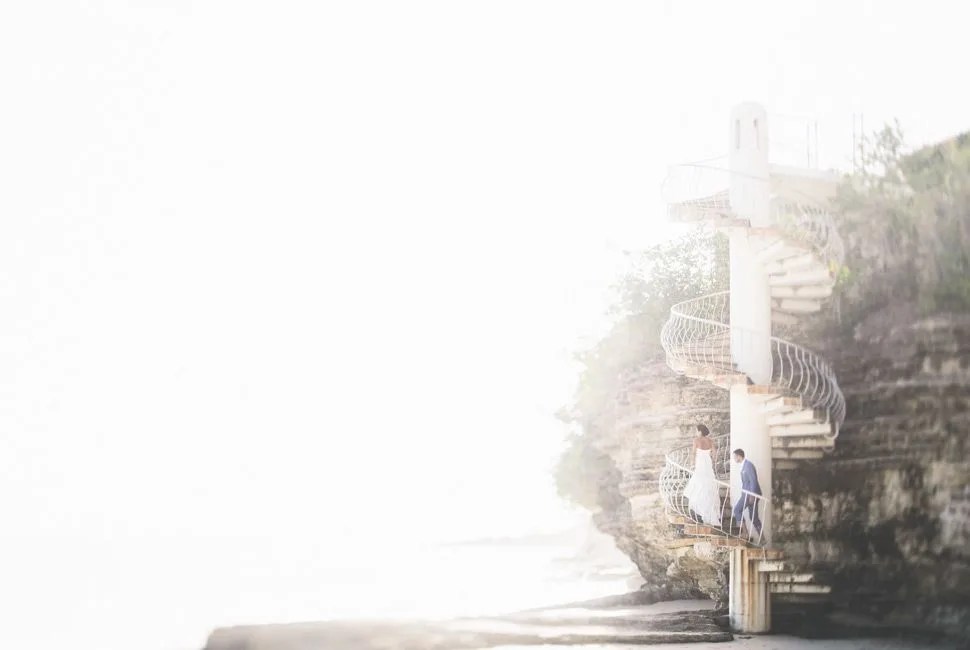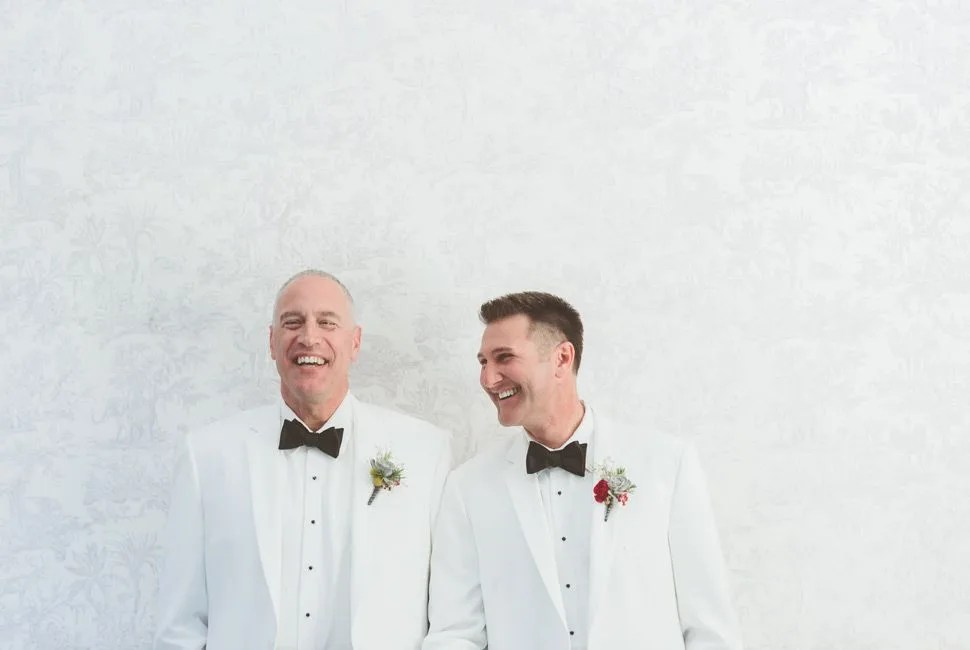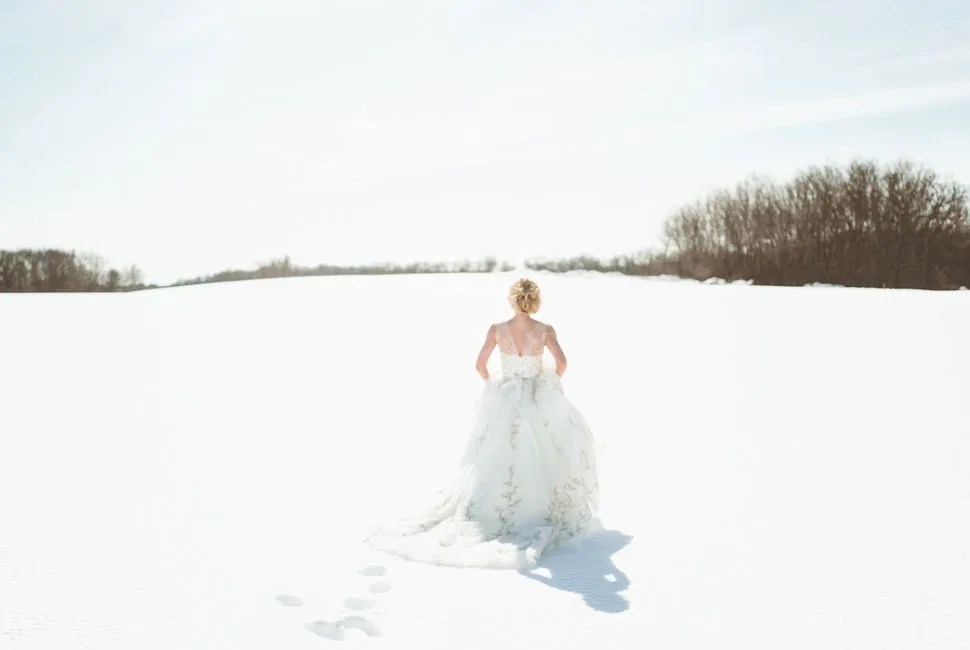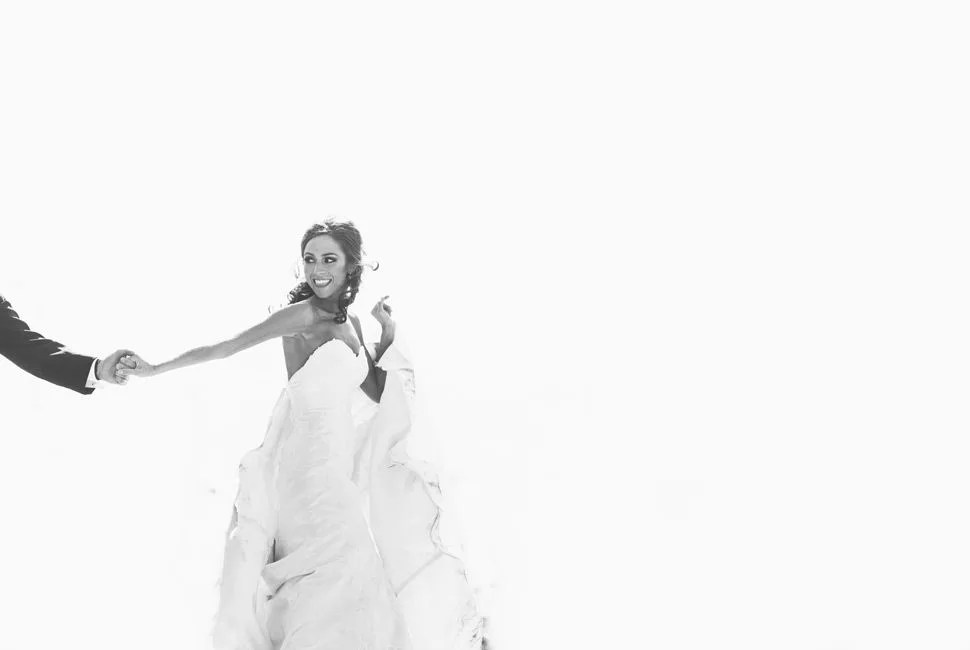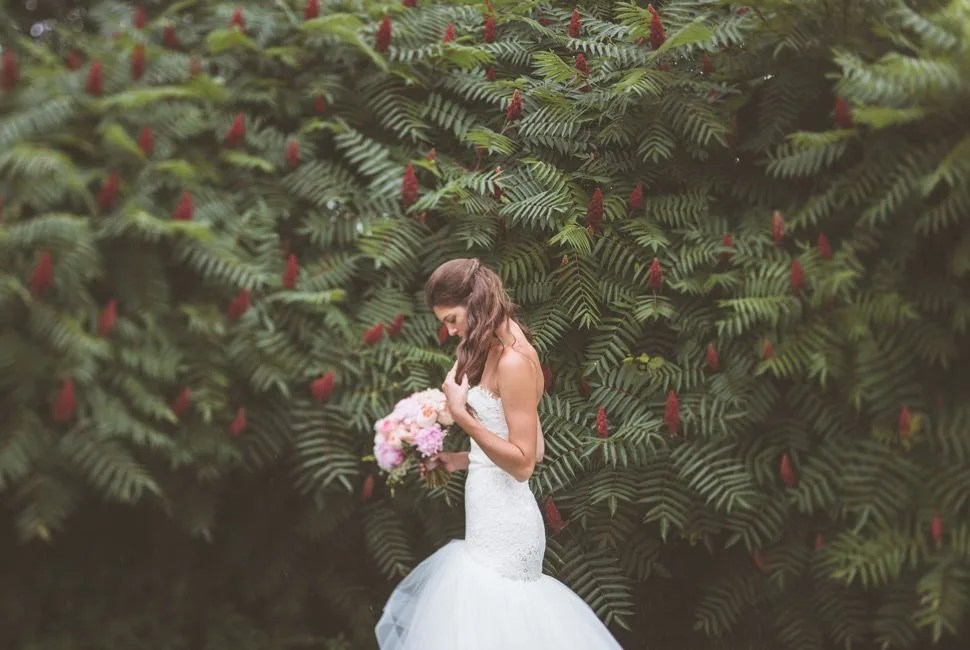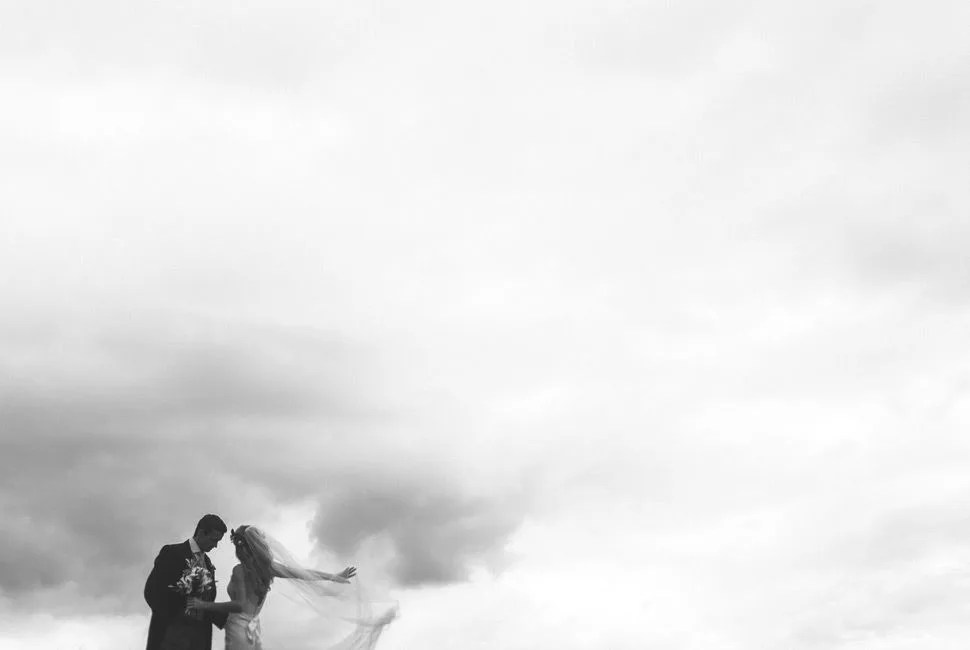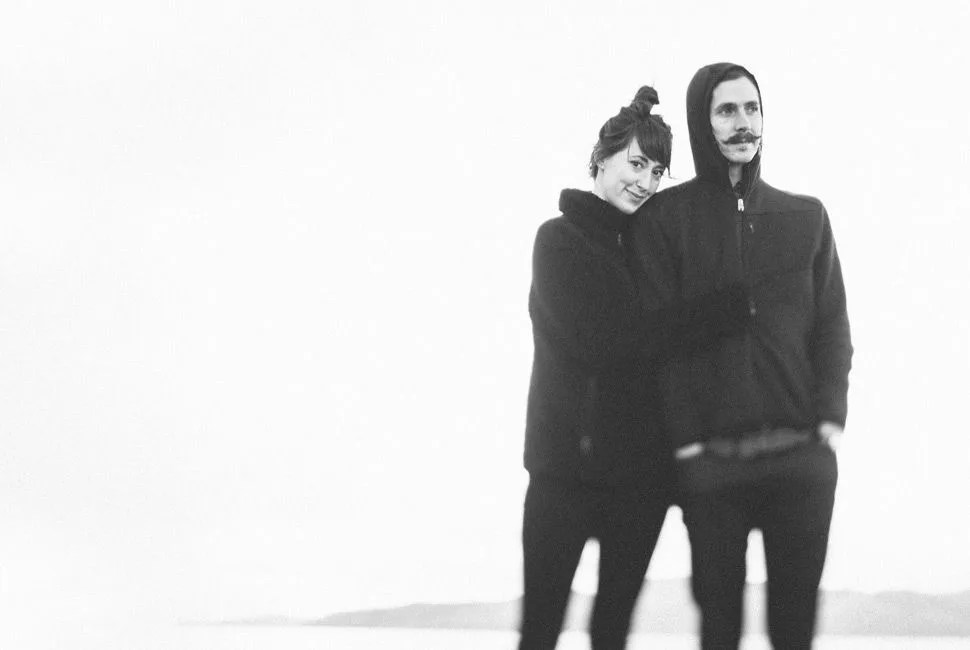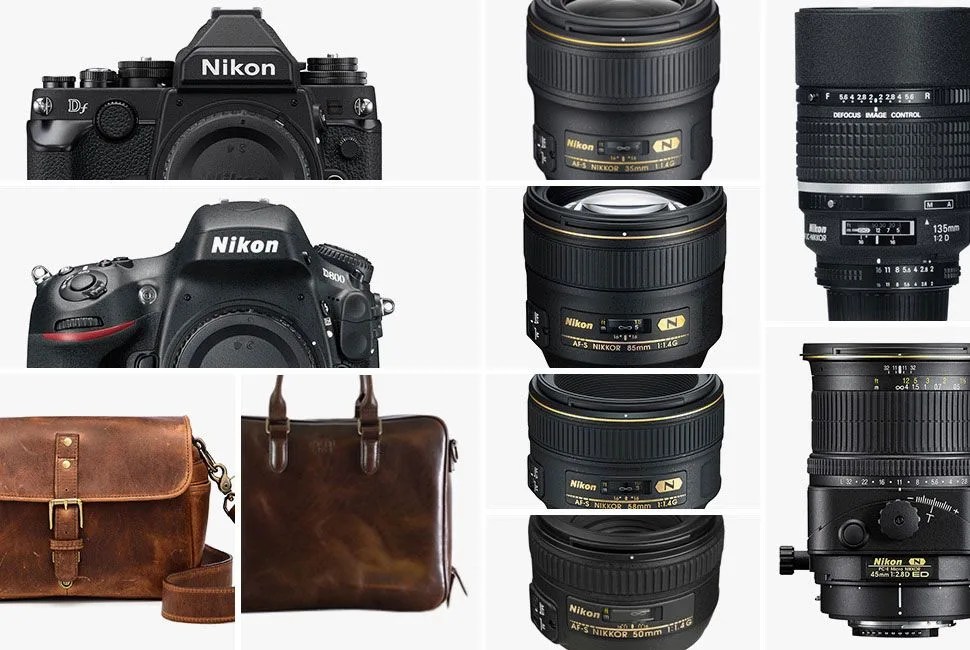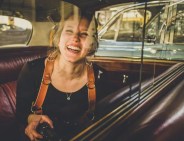“In the college photography world, where it’s more fine art driven, wedding photography is kind of viewed as the bastard child of photography,” said Jonny Hoffner, co-founder, along with his wife Michelle, of Paper Antler Photography. “It was lumped in with taking photos of baby’s bottoms and puppies.” There was a stigma that wedding photography was only for photographers who couldn’t sell prints or book editorial gigs, Hoffner added. But that’s just not true. Not now, not eight years ago, when the couple started Paper Antler.
“What I’ve come to appreciate is that from a creative standpoint, it’s constantly challenging and forces you to become a better photographer technically, in every dimension.” It’s also about balancing the different personalities and moving pieces, all the while keeping things lighthearted and enjoyable. Those aspects, coming together, are why Hoffner loves wedding photography. It’s also why, by heeding some advice from a wedding photographer, you can improve your own photography, from candid portraits to vacation documentation.
Techniques to Master
How to Better Your Approach
Act natural. First and foremost, it’s important to make your subjects feel comfortable. In weddings, it’s about fostering what Hoffner calls “the couple’s experience.” Basically, coaching the couple (and the family and bridal party) on how to feel comfortable and act candidly. This process is a mix of staying hands off, and talking things out. Before ever wielding the camera, Hoffner talks to his subjects, reminding them that this is about them, not the lens pointed at them. He reminds them what’s important — being present in the moment, not smiling for the camera. He’s also fairly laid back, and creating a relaxing environment is key. If you just ask people to stand in the corner and act natural, it’s not going to happen.

